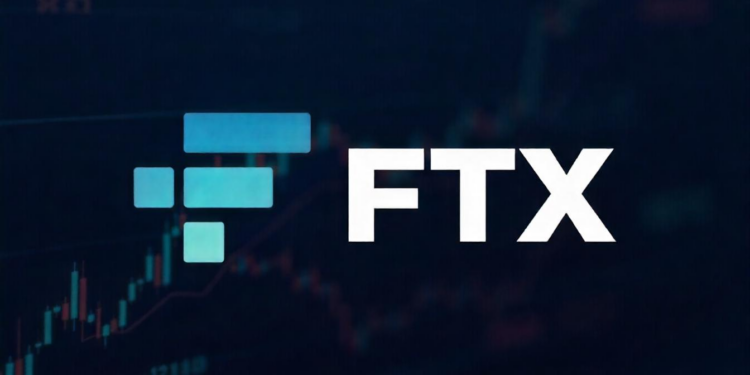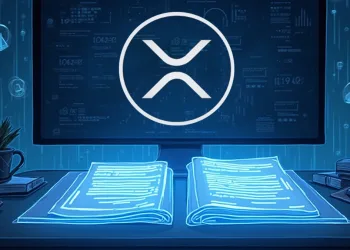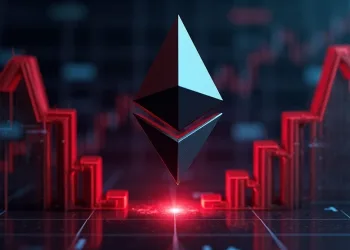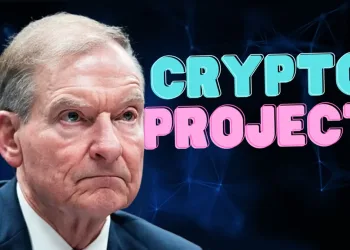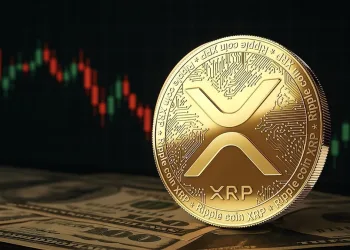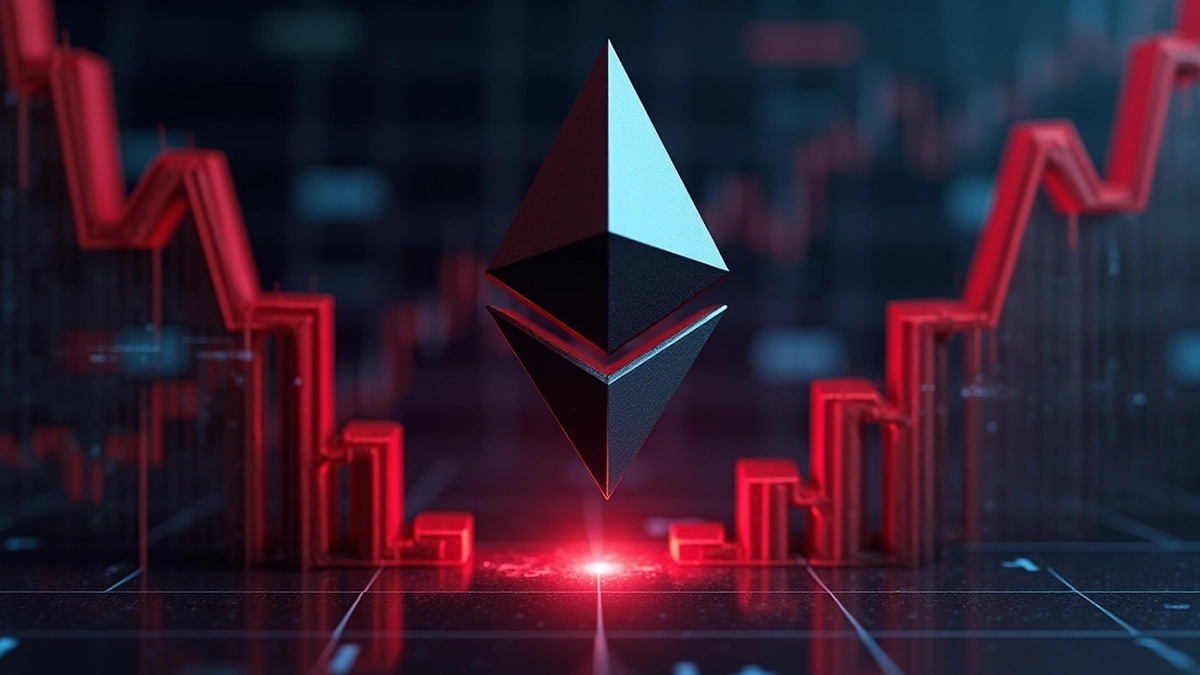- FTX repayments start with $1.2B, but full $16B process may take months to complete.
- Bitcoin and Solana face sell-off risks as FTX creditors receive long-awaited funds.
- Using 2022 prices for FTX repayments sparks controversy among affected investors.
The long-awaited repayment process for FTX creditors is set to begin this week, stirring concerns and optimism within the cryptocurrency market. Following its collapse in 2022, FTX will redistribute funds to affected investors, with an estimated $16 billion to be repaid in phases.
The move has already impacted Bitcoin (BTC) and Solana (SOL), which both experienced declines as market participants reacted to the news. While some view the repayments as a liquidity boost, others worry about potential sell-offs and price instability.
FTX to Begin Creditor Payouts This Week
FTX’s repayment plan marks a significant step in the exchange’s ongoing bankruptcy proceedings. The process will start with creditors classified under the Convenience Class, who hold claims of $50,000 or less. These creditors will receive full repayment, including a 9% annual post-petition interest.
Despite the substantial payout, some experts believe the initial $1.2 billion distribution will have a minimal impact on overall market liquidity. The broader repayment process, expected to disburse between $14.7 billion and $16.5 billion, could take months to complete. Crypto custodian BitGo has been appointed to oversee the fund distributions, ensuring a structured payout system.
Market Reactions and Price Concerns
The FTX repayment news has already triggered price movements across key cryptocurrencies. Bitcoin, which has surged nearly 500% since November 2022, faced downward pressure as concerns grew over potential sell-offs. Investors holding BTC before FTX’s collapse remain frustrated, as repayments are based on 2022 valuations rather than current prices.
Solana also experienced volatility, with its price dropping below $180 in the past 24 hours. Market analysts attribute this decline to FTX’s plan to unlock 11.2 million SOL, worth approximately $2.06 billion, on March 1. The substantial token release has raised fears of increased selling pressure, which could further impact SOL’s valuation.
FTX 破产拍卖的 1120 万枚 $SOL 将在 03/01 解锁,价值 20.6 亿美金🚨
— Ai 姨 (@ai_9684xtpa) February 17, 2025
FTX 曾在三次拍卖中出售 4100 万枚 SOL,TOP3 买家和拍卖价格如下
1️⃣Galaxy:$64 买入 2552 万枚,回报率 187%
2️⃣Pantera 及其他买家:$95 买入 1367 万枚,回报率 93%
3️⃣Figure 及其他买家:$102 买入 180 万枚,回报率 80% https://t.co/iPhqiR715C pic.twitter.com/sNvxXspz0S
Debate Over Valuation Model and Future Implications
One of the most contentious aspects of the repayment plan is the decision to use 2022 price benchmarks. Many creditors argue that using outdated valuations significantly reduces their actual compensation, given the substantial price recovery of major cryptocurrencies since FTX’s collapse. The issue remains a major point of contention among affected investors.
FTX’s downfall stemmed from financial mismanagement and the illegal diversion of customer funds to Alameda Research. The exchange’s fraudulent activities led to an $8 billion deficit, triggering investor panic and mass withdrawals. Its bankruptcy proceedings have been one of the most significant in crypto history, with former CEO Sam Bankman-Fried facing legal repercussions for his role in the collapse.


